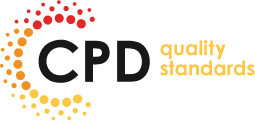What is the difference between a method statement and a risk assessment?
A method statement details how a task will be carried out safely, including procedures and precautions. A risk assessment identifies potential hazards and assesses the risks involved. Essentially, the method statement focuses on the process, while the risk assessment addresses the potential dangers.
What is the difference between a method statement and a procedure?
A method statement details how to complete a task safely and efficiently, focusing on specific activities. A procedure outlines a series of steps to follow for routine operations or processes.
what are the legal requirements of a method statement?
A method statement must meet legal requirements by clearly outlining safety procedures, risk assessments, and work instructions. It should comply with health and safety regulations, ensuring that all potential hazards are addressed and mitigated.
What is the difference between method statement and methodology?
A method statement details how a specific task will be carried out, including the procedures and safety measures. Methodology, on the other hand, refers to the overall approach or system of methods used in a project or research.


![]() 15 minutes
15 minutes

















































